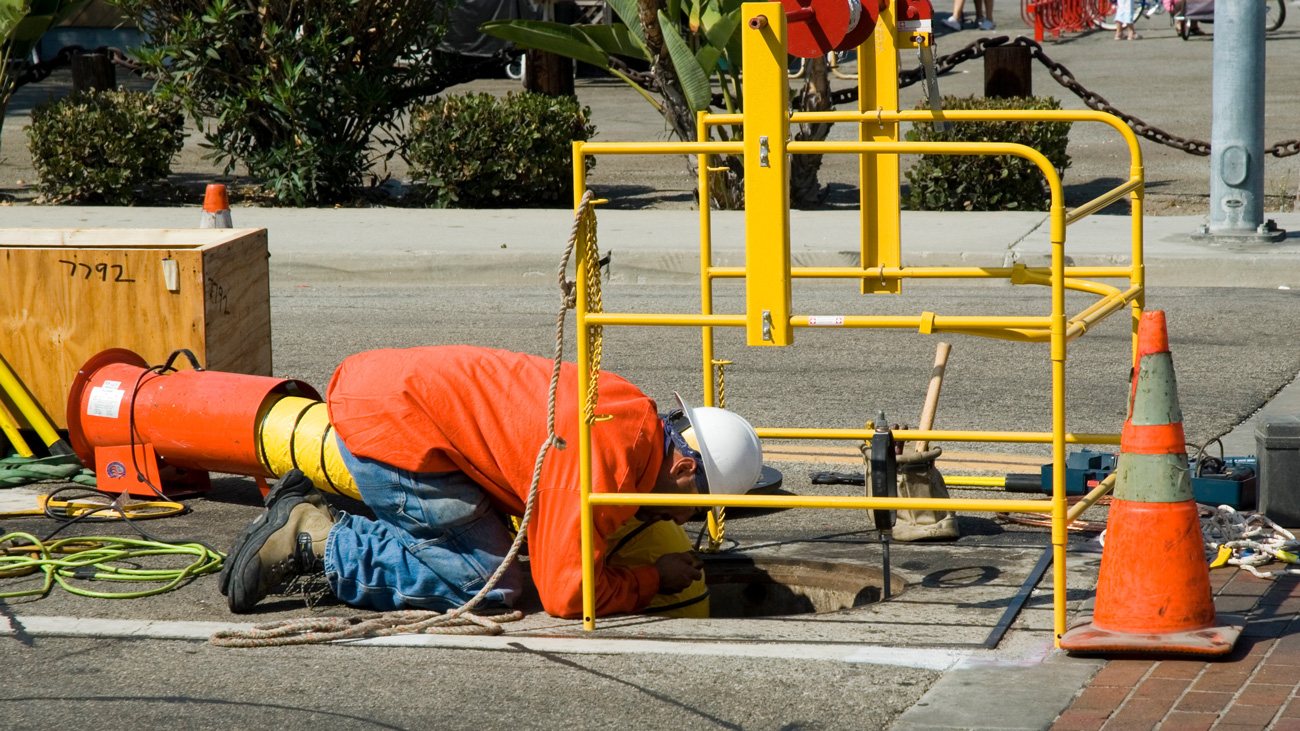
Manual handling – ten things you might not know!
There are many myths around manual handling, including what constitutes manual handling and the effects poor practice can have on the body and mind. Broadly speaking, manual handling refers to the transporting or supporting of loads by hand or bodily force, but there are less-known aspects. Here’s ten.
1. Task variation
The nature of manual handling tasks can vary widely – it’s not just lifting and carrying, but also pushing and pulling. And it doesn’t just affect construction workers, but many industries and occupations. Each type of task puts different strains on the body, and workers should be trained to handle each effectively.
2. Risk of musculoskeletal disorders (MSDs)
Prolonged or repetitive manual handling tasks can contribute to the development of musculoskeletal disorders, affecting muscles, joints, tendons, ligaments and other parts of the musculoskeletal system. Serious aches, pains and strains should not be accepted as routine. These can dramatically affect every part of someone’s life – with sufferers struggling to get themselves dressed and undressed, and unable to pick up their children or grandchildren.
3. Psychosocial impact
Manual handling is not just physically demanding; it can also have psychosocial effects. Workers may experience stress, anxiety, or job dissatisfaction due to the physical strain and repetitive nature of manual handling tasks.
4. Importance of ergonomics
Proper ergonomic design of tools, equipment and workspaces can significantly reduce the risk of injuries associated with manual handling. This includes designing tasks to fit the worker and not forcing the worker to fit the task.
5. Team lifts are not always enough
While team lifts are often recommended for heavy loads, they may not eliminate the risk entirely. The weight distribution, posture and coordination among team members are crucial factors in preventing injuries.
6. Dynamic risk factors
Manual handling risks can change dynamically depending on factors like the environment, load characteristics and the individual's health. Regular risk assessments are essential to adapt to changing conditions.
7. Impact of age and fitness
Age and fitness level can significantly influence an individual's ability to handle loads safely. Older workers or those with pre-existing health conditions may require additional considerations and accommodations.
8. Hidden hazards
The hazards associated with manual handling are not always obvious. Slippery floors, uneven surfaces or poor lighting conditions can contribute to accidents. A comprehensive risk assessment should consider both obvious and hidden hazards.
9. Training for prevention
Effective training programmes can empower workers to identify potential risks, use proper lifting techniques and understand the importance of taking breaks. Training should be an ongoing process to reinforce safe manual handling practices.
10. Legal requirements
Employers are legally required to provide training, conduct risk assessments and implement control measures to minimise the risk of injury by manual handling. A lack of risk assessment, for example, could result in enforcement action and even a custodial sentence.
What the law says
The Manual Handling Operations Regulations 1992 (as amended) (MHOR) apply to work that involves lifting, lowering, pushing, pulling or carrying. The MHOR legislation was first introduced in 1992 as part of a series of EC Directives, adopted into UK legislation and updated in 2002. The Regulations state that an employer must:
- Avoid the need for hazardous manual handling, so far as is reasonably practicable.
- Assess the risk of injury from any manual handling task that cannot be avoided.
- Reduce the risk of injury from manual handling, so far as is reasonably practicable.
The British Safety Council says:
“Employers (and employees) who do not effectively implement these requirements could be subject to actions from the regulatory authorities. There are several actions an inspector can take if they identify a concern relating to the manual handling regulations. A minor issue may receive informal advice whereas more serious issues (such as a lack of manual handling risk assessment) could result in enforcement action. If an officer believes there has been a material breach of health and safety regulations, an improvement notice may be issued. If this breach presents a risk of serious injury, a prohibition notice may be provided, which stops the activity until the problem has been resolved. Many such cases that are subsequently prosecuted can result in a substantial fine (based upon the turnover, size and nature of the organisation) and a custodial sentence in the most serious cases.”
International Workplace's Manual handling: a manager’s guide can help employers understand the risks associated with manual handling and how to manage them.
Mitigating the risks of MSDs in hybrid working also helps managers understand the issues and gives some tips to help mitigate the dangers of MSDs.
Our Manual Handling Awareness training course helps learners understand the risks and dangers associated with lifting and handling in the workplace and identify the steps that can be taken to reduce and control the risks and likelihood of injury. Find out more here.







